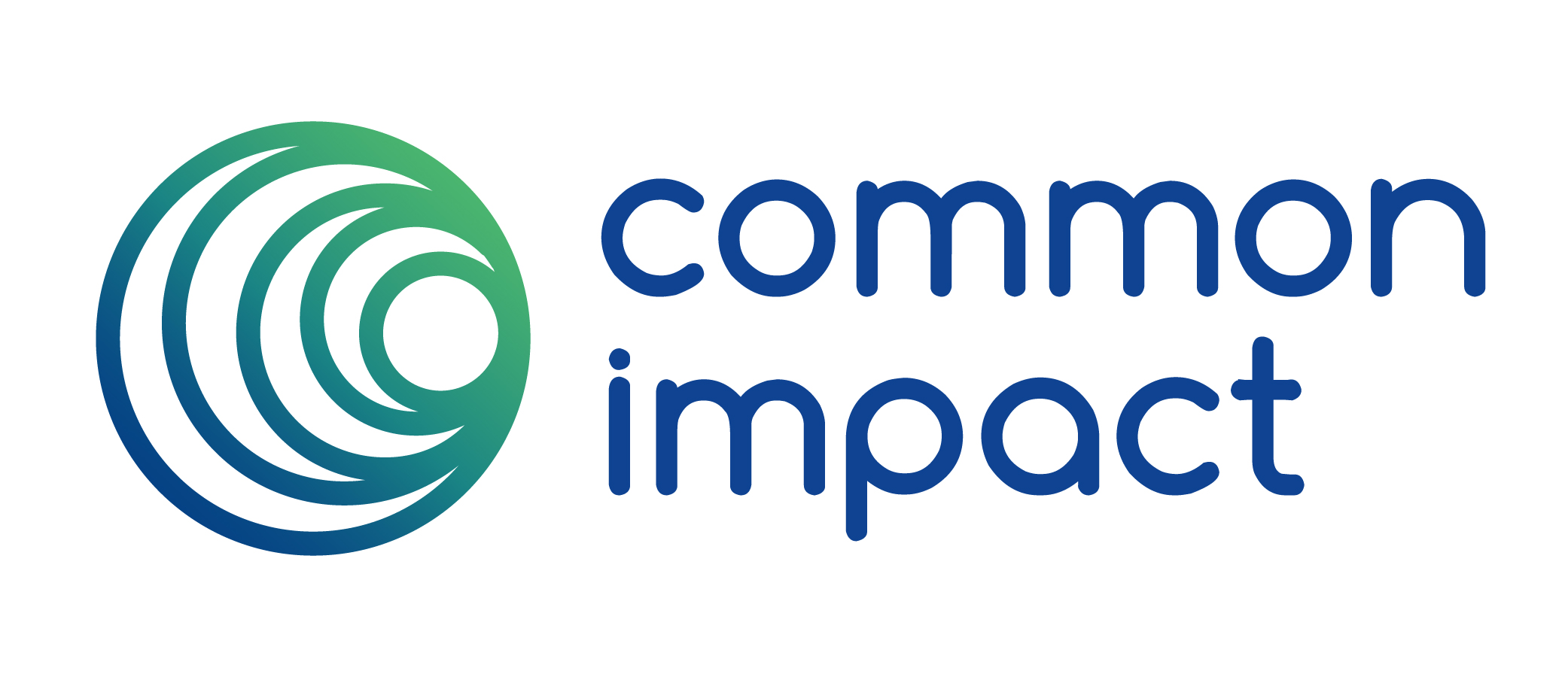A Nonprofit Guide to Quantifying the Value of Pro Bono
by Danielle Holly and Molly Weinstein

A Nonprofit Guide to Quantifying the Value of Pro Bono
by Danielle Holly and Molly Weinstein, Common Impact
Corporate skills-based volunteerism is on the rise. Today, 54% of companies are offering skills-based volunteering opportunities for their employees.[1] This is good news all around. Good news for companies who are seeing tangible talent development returns; good news for employees who are reporting higher levels of engagement with their company and their community; and good news for nonprofits who are leveraging this influx of talent to build their capacity to serve.
And as companies and nonprofits move into planning their strategies and budgets for the year ahead, we’ve heard many companies and nonprofits ask, “How do I understand the value of pro bono on my organization?”
Companies are beginning to track the correlation between associates’ pro bono participation and their skill development, and leveraging employee engagement surveys such as Gallup and Towers Perrin to identify causal patterns. Taproot and True Impact’s evaluation guide, are helping us to effectively quantify the impact of pro bono on the nonprofits they support.
Still, it’s challenging for nonprofits to quantify social progress or to isolate the discrete impact of pro bono intervention. While that calculus looks different for every organization, Common Impact has broken down some of the value and investments related to pro bono that can get nonprofits started.
The Value: “Is this worth pursuing for our organization?”
To start, evaluate the value of pursuing this project utilizing traditional resources, such as a paid vendor.
- Market value of the deliverable or product, based on the going rate for functional consultants in your area or a product’s “off the shelf” value. If you can’t find specific data for your region, use the current pro bono standard of $150 / hour.
- Long term value of the project. For instance, undertaking a pro bono website renovation could translate to ongoing savings by bringing your web hosting in-house or, by building an online donation platform, you may forecast that you’ll attract 5 new donors with an average gift of $1,000.
Then, tack on the additional value you’ll extract from partnering with a team of skills-based volunteers.
- Staff leadership, functional and project management skill development. Unlike traditional consultants, pro bono teams knit together their expertise with that of your staff, transferring knowledge back and forth to develop customized strategies. Through that process, your staff will absorb the new skills and knowledge they need to effectively carry the project forward – and manage future pro bono engagements.
- Longer term relationships with companies in your region. Skills-based volunteering is a great way to get to know a potential corporate partner, and have them get to know you! Consider the potential value of a corporate partnership to your organization’s long-term strategy.
The Investment: “But what’s it going to take to pull this off?”
Pro Bono isn’t free. Once you’ve determined the aforementioned value, take a look at the resources you will need to invest in order to see recognize the aforementioned value. Consider the following:
- Opportunity costs. If you plan to have your development director spearhead the website project, map out the cost of her time away from other fund-generating activities and the average conversion on time spent to donor dollars
- Staff time: Consider the time your staff will need to invest in scoping and managing the engagement. If the implementation of the new site will take a month longer for pro bono volunteers than it would with a contractor, consider the cost implications of that extra month on fundraising, staff time, and programming. Take the average loaded cost of an employee hour (check in with your Executive Director or HR staff!) and multiply it by the estimated # of hours your team will likely spend on the project. Hint: Thinking about it on a per week basis at first can be helpful in getting to the total number of hours.
- Ancillary implementation and maintenance costs of the project, such as website hosting fees, collateral printing, or new purchases required. These usually have tangible market value that you can identify through quick research.
While it’s impossible to put a number on the true, long-term value of pro bono, we hope this will get you started in your thinking and planning for a pro bono filled 2017!

